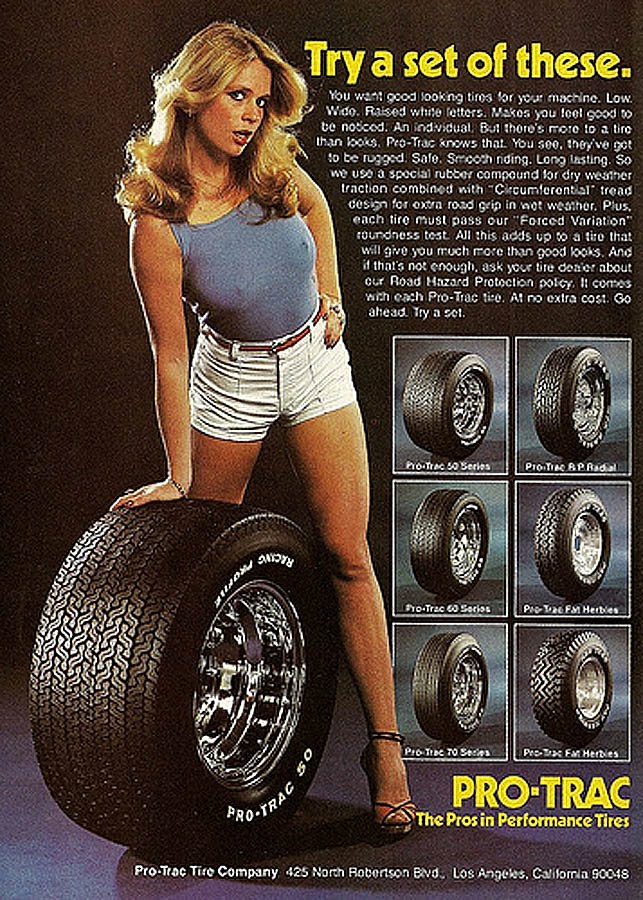
Posted on 10/02/2022 11:24:17 AM PDT by FarCenter
DETROIT, U.S. -- Thousands of fans of the Mustang, a storied American "muscle car," stampeded into downtown Detroit, invited by its manufacturer, Ford, to see the unveiling of the new, 2024 Mustang sports coupe. The "Mustang Stampede" was easily the highlight of what was a decidedly low-key North American International Auto Show (NAIAS) held in Detroit on Sept. 14-25.
Pre-pandemic, the annual Motor City event was one of the world's most important auto shows. But, to listen to critics, it is now fighting for survival, with organizers struggling to avoid the fate faced by shows like those in Frankfurt, Geneva and Tokyo, which have either been sharply scaled back or shuttered entirely.
In the years after the local Detroit Auto Show became an international extravaganza in 1989, it routinely brought in dozens of brands -- along with 5,000 or more journalists flying in from around the world to witness up to 70 new product previews. This year, however, prominent brands like Nissan, Honda, Volkswagen, Hyundai, Kia, Audi, Mercedes-Benz and BMW went missing. At most, 1,000 members of the media turned out to witness a mere five new product debuts. Of those, four were modest updates, with the seventh-generation Mustang the only significant headliner.
And among those manufacturers who did participate, it is far from certain they will all be back in 2023. But while NAIAS has some unique problems of its own, auto shows in general are facing tough times.
"From a purely business perspective, we need to make sure auto shows are a competitive investment," Carlos Tavares, CEO of Stellantis, formerly Fiat Chrysler, said during a media roundtable. "You want to spend your marketing dollars in a not-inefficient way. You have to decide whether to be present at an auto show."
Major events like NAIAS, as well as the Tokyo, New York and Paris motor shows, can be costly, with even a modest-sized stand going for $1 million. Add in lavish, multistory displays and flashy, Hollywood-style debuts, and the numbers can climb to north of $5 million.
Often, these have been "ego-driven" excesses, said Tavares, something the industry can no longer afford, especially with so many more alternatives in the age of the internet. During the depths of the pandemic, automakers learned they could attract a worldwide audience of both journalists and potential buyers with relatively low-cost virtual introductions.
They've also discovered that there are plenty of real-world alternatives. The Texas State Fair has become a popular backdrop for introducing new pickups and SUVs. And "Monterey Car Week," including the legendary Pebble Beach Concours d'Elegance, this year saw the introduction of nearly two dozen luxury and high-performance vehicles, including the Acura Precision EV Concept, the Kia EV6 GT and the Bugatti W16 Mistral.
The grandiose shows and Expos are going the way of the travelling circus. Most everything that you need to know, learn or see is at your fingertips via the internet.
I’m more an antique car show kinda gal.
New vehicles have sucked for a very long time.


The Detroit Show was certainly an extravaganza for many years. Companies would literally be setting up their displays for months. Tens of thousands would go every night for about two weeks to ogle the new cars and dream about them.
I had the privilege of going during Industry day preview where you had to have industry credentials to join only 4-5000 people. That was by far the way to go.

Saw an ad for windshield replacement and the owners were charging their EV ,LOL
Not surprising. Auto manufacturers used to have bold slogans, like “We Build Excitement!” Now the truth looks a lot more like “We Build Conformity”, as the government is clearly calling most of the shots.
I would expect Toyota to be well represented at the State Fair of Texas. Looks like Chevy is sponsoring the main stage in addition to other stuff. Dodge looks like they are going to have something as well.
*bounce*
I can remember the old days when Car Companies would ship their new cars via truck transport all covered up so you couldn’t tell what kind of Car it was.
I took my son to the show last week. He’s a car enthusiast teen and I brought him up from North Carolina. The show was definitely smaller than previous years. We had time to do it and the Henry Ford Museum on the same day. My son commented then that there were few Japanese and European manufacturers displaying. The limited number of those cars we saw were demo’d by dealers, not builders.
There was a big EV presence there, but no Tesla. On the bright side, booth bimbos made a return, so I didn’t care much about looking at the cars.

I went a few years ago and it was a very sad affair. Most of the cars were just the ones available for sale. Lots of people doing test drives in boring Camrys and Accords just driving in circles around the convention center.
The most interesting cars were the ones that were just customizations of existing vehicles; again just people shilling their services.
The saddest thing was the suckers who bought tables in the deepest, darkest corner. They were a weird bunch of charities and shills of products that had nothing to do with cars. They got the traffic, or lack thereof, that they deserved.
“I’m more an antique car show kinda gal.
New vehicles have sucked for a very long time.”
They started to suck in the early to mid 70’s. There has been a few standouts in recent history such as the Fox body 5.0 Mustangs and the Buick GNX. For the most part, the cars of today are like the music, they really suck.

Saw an ad for windshield replacement and the owners were charging their EV ,LOL
—
Ha ha. Might as well make use of the time while the cart recharges. Have the windshield changed out. Get the car detailed. Have lunch. Do some shopping. Wash a few loads of laundry.
I love that show.

Disclaimer: Opinions posted on Free Republic are those of the individual posters and do not necessarily represent the opinion of Free Republic or its management. All materials posted herein are protected by copyright law and the exemption for fair use of copyrighted works.